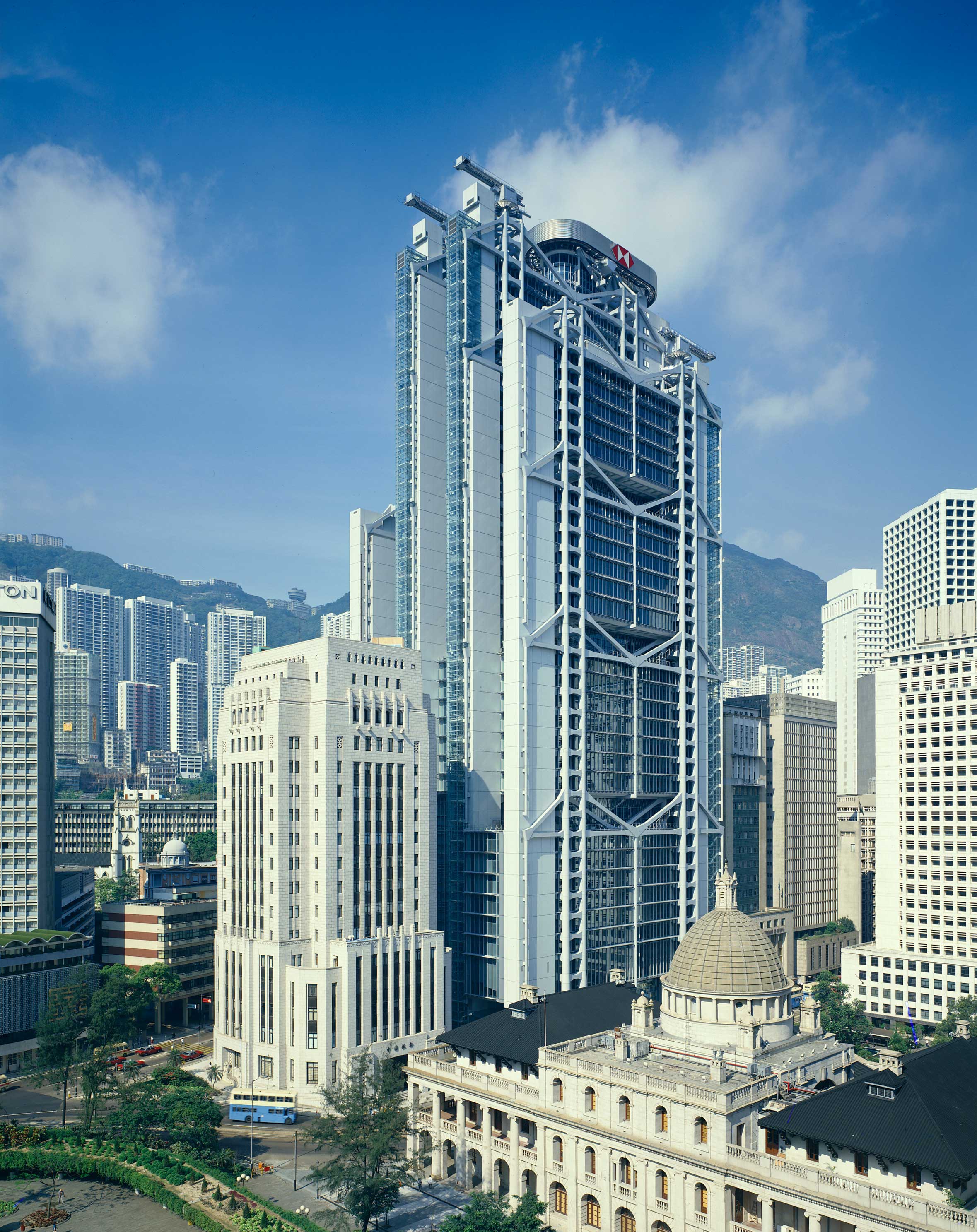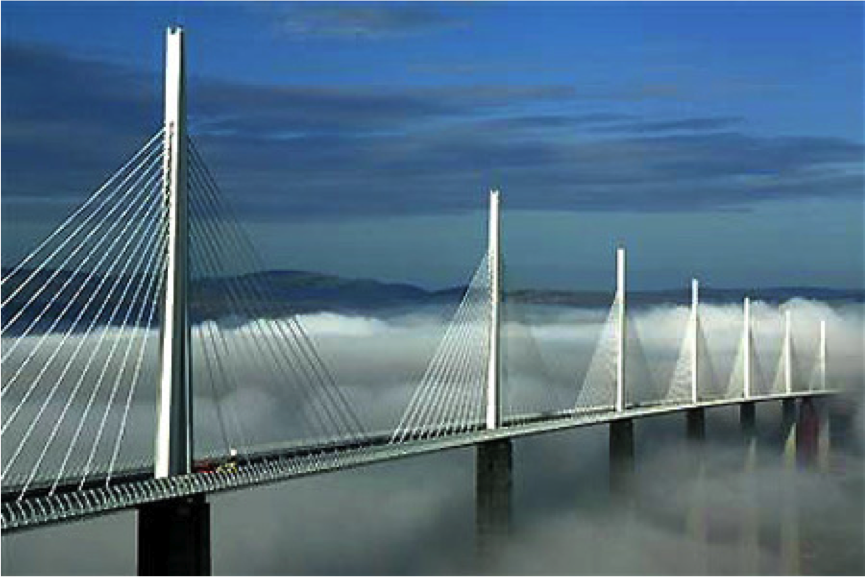Norman Foster
Sir Norman Foster is a British architect famous for prolific and innovative high-tech designs. He is one of the world’s most celebrated architects, having received the 1983 Royal Gold Medal for Architecture and the 1999 Pritzker Prize. His firm Foster + Partners is one of the most high profile in the world, regularly winning commissions for prestigious global projects.
Foster was born in Manchester, England, in 1935. Having left school at 16, he worked in engineering as part of the Royal Air Force before studying architecture at the University of Manchester. His aptitude for drafting won him a scholarship to Yale’s School of Architecture, where he received a Master’s in 1962.
While at Yale, Foster became friends with Richard Rogers and, together with Su Rogers, Wendy Cheesman and Georgina Wolton, they formed the architectural practice Team 4.
Photo Credit: 'Hong Kong and Shanghai Bank Headquarters' by Foster + Partners
In 1967, Foster left Team 4 to establish Foster Associates, the precursor to what would become Foster + Partners. He also began a long period of collaboration with iconic architect Buckminster Fuller, which continued until Fuller’s death in 1983.
Foster’s big break came with his design for the Willis Faber & Dumas headquarters in Ipswich. The low-rise office building included several innovative features, such as; escalators, contoured facades, nature-oriented interiors, and open-plan offices.
One of the first major public buildings designed by Foster was the Sainsbury Centre for Visual Arts in Norwich, completed in 1978.
During the late-1970s and early-1980s, Foster and his team worked on the HSBC Main Building in Hong Kong (see image above), which would become one of his most recognisable projects. In 1990, Foster’s design for the Terminal Building at London Stansted Airport was awarded the European Union Prize for Contemporary Architecture/Mies van der Rohe Award. In the late-90s, Foster won a design competition for the Reichstag building in Berlin, which included an iconic glass-domed observation platform.
Foster completed perhaps his most famous building in 2003 - St. Mary the Axe, more popularly known as The Gherkin, which won the RIBA Stirling Prize.
Around the same time, Foster contributed to New York’s iconic skyline with the Hearst Tower, a 44-storey skyscraper with an Art Deco foundation topped by a triangulated façade.
In 2000, the Millennium Bridge over London’s River Thames was completed, although it would be closed for a further two years to correct an unexpected motion for which it was dubbed the ‘wobbly bridge’.
In 2004, Foster collaborated with the engineer Michael Virlogeux to create the Millau Viaduct, the tallest bridge in the world. His central input was to present a modified version of Virlogeux’s original design which had been dismissed by local authorities as unfeasible.
Other notable projects include:
- Torre de Collserola, Barcelona (1991).
- Commerzbank Tower, Frankfurt (1997).
- Hong Kong International Airport (1998).
- Imperial War Museum, Duxford (1998) - winner of RIBA Stirling Prize.
- Redevelopment of the Great Court, British Museum, London (1999).
- City Hall, London (2000).
- Sage Gateshead (2004).
- Wembley Stadium (2007).
- Bloomberg HQ, London (2018) - winner of RIBA Stirling Prize.
[edit] Related articles on Designing Buildings Wiki
Featured articles and news
Farnborough College Unveils its Half-house for Sustainable Construction Training.
Spring Statement 2025 with reactions from industry
Confirming previously announced funding, and welfare changes amid adjusted growth forecast.
Scottish Government responds to Grenfell report
As fund for unsafe cladding assessments is launched.
CLC and BSR process map for HRB approvals
One of the initial outputs of their weekly BSR meetings.
Architects Academy at an insulation manufacturing facility
Programme of technical engagement for aspiring designers.
Building Safety Levy technical consultation response
Details of the planned levy now due in 2026.
Great British Energy install solar on school and NHS sites
200 schools and 200 NHS sites to get solar systems, as first project of the newly formed government initiative.
600 million for 60,000 more skilled construction workers
Announced by Treasury ahead of the Spring Statement.
The restoration of the novelist’s birthplace in Eastwood.
Life Critical Fire Safety External Wall System LCFS EWS
Breaking down what is meant by this now often used term.
PAC report on the Remediation of Dangerous Cladding
Recommendations on workforce, transparency, support, insurance, funding, fraud and mismanagement.
New towns, expanded settlements and housing delivery
Modular inquiry asks if new towns and expanded settlements are an effective means of delivering housing.
Building Engineering Business Survey Q1 2025
Survey shows growth remains flat as skill shortages and volatile pricing persist.
Construction contract awards remain buoyant
Infrastructure up but residential struggles.
Warm Homes Plan and existing energy bill support policies
Breaking down what existing policies are and what they do.
A dynamic brand built for impact stitched into BSRIA’s building fabric.
































